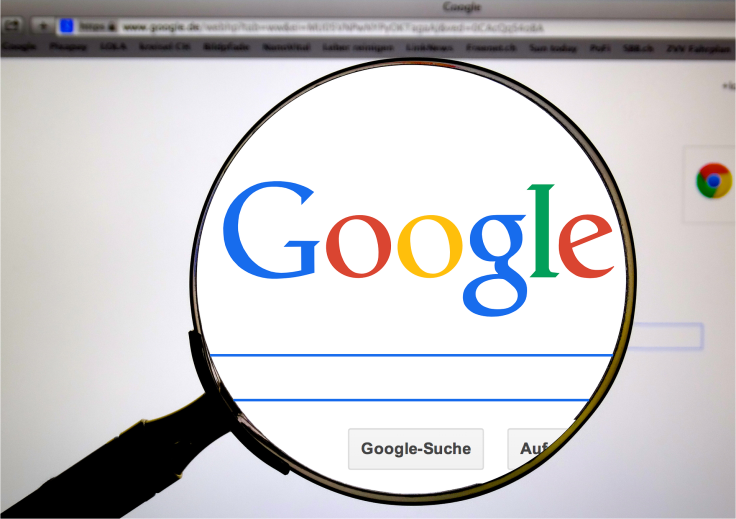Fake News Sites Banned: Google Removes 200 From Ad Network For Misleading Users

In an effort to rid the web of fake news, Google banned nearly 200 publishers from its advertising network in the fourth quarter of 2016, according to the company’s annual “bad ads” report released Wednesday.
The crackdown came specifically in the months of November and December, following a change of policy for Google’s ad network AdSense designed to punish sites that intentionally misrepresent who they are in order to deceive readers.
The updated policy led to the review of 550 sites, including a considerable amount that were masquerading as legitimate news organizations. Google reported it took action against 340 of those sites and permanently banned about 200 of the violators from its advertising platform.
The company also suspended more than 1,300 accounts for “tabloid cloaking,” a practice that became increasingly popular in 2016. The scam involves creating ads that purport to be news and information only to send users to a site trying to sell a questionable product when clicked. The ads are often targeted around current events.
Google did not provide a fake news list, or name any of the offenders.
Fake news became one of the primary stories to come out of the 2016 election after reports that false headlines and websites posing as legitimate news organizations managed to spread online, especially across social media platforms.
Facebook received much of the scrutiny, but Google came under considerable fire as well, especially after a report found the search engine was surfacing bad information on a variety of searches, including producing results claiming the Holocaust was a hoax when queried about the topic.
By punishing sites or kicking them off its advertising network entirely, Google is hoping to suffocate the fake news sources by taking away their primary source of funding. Whether cutting off the advertising dollars is enough or not is yet to be seen.
Fake news was a small part of Google’s focus on bad ads in 2016. The company took down 1.7 billion advertisements that violated terms and services—about double the amount it took down in 2015.
Included in that mess of malicious advertising was more than five million ads for payday loan companies. Google made the decision in July 2016 to start removing ads that promoted predatory lending practices, with a particular emphasis on the high-interest, short-term loans that often target vulnerable populations.
Google also took offline 112 million “trick to click” ads that try to deceive viewers into clicking them, more than 68 million for healthcare violations, 17 million for illegal gambling and 80 million for misleading users.
© Copyright IBTimes 2024. All rights reserved.





















